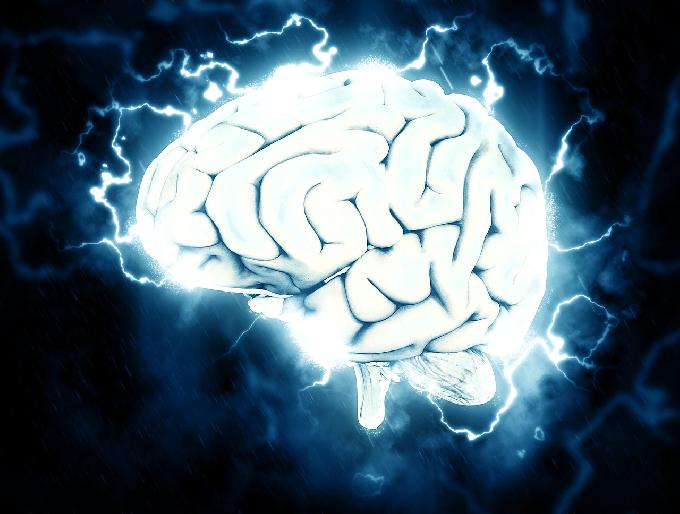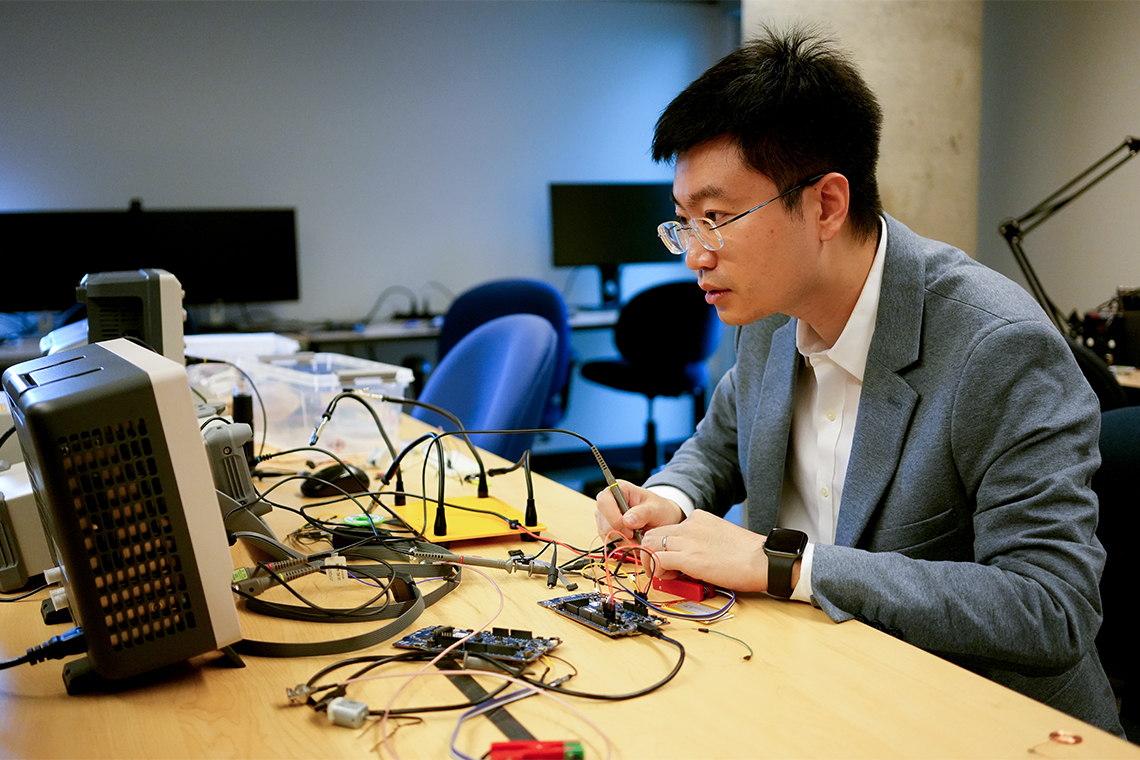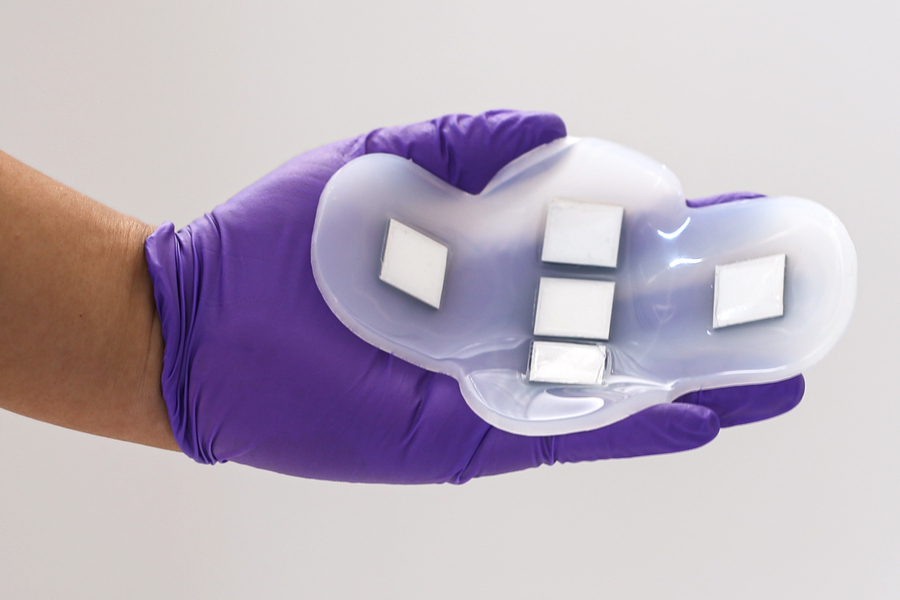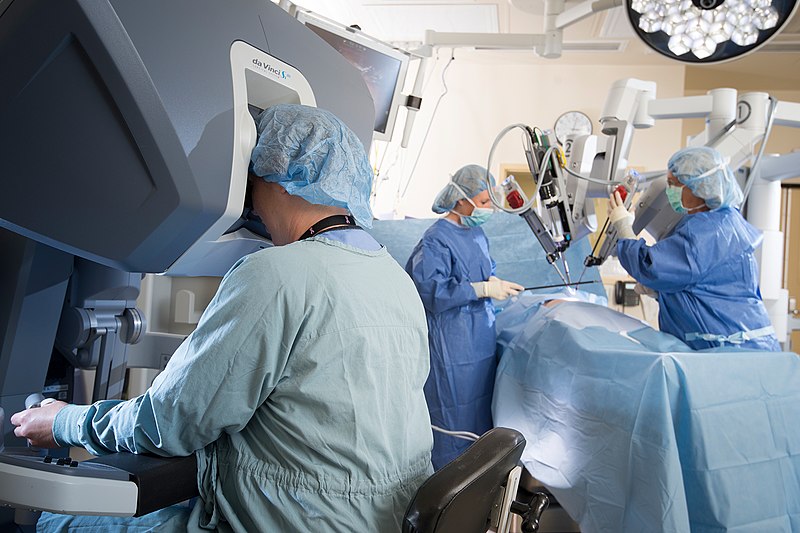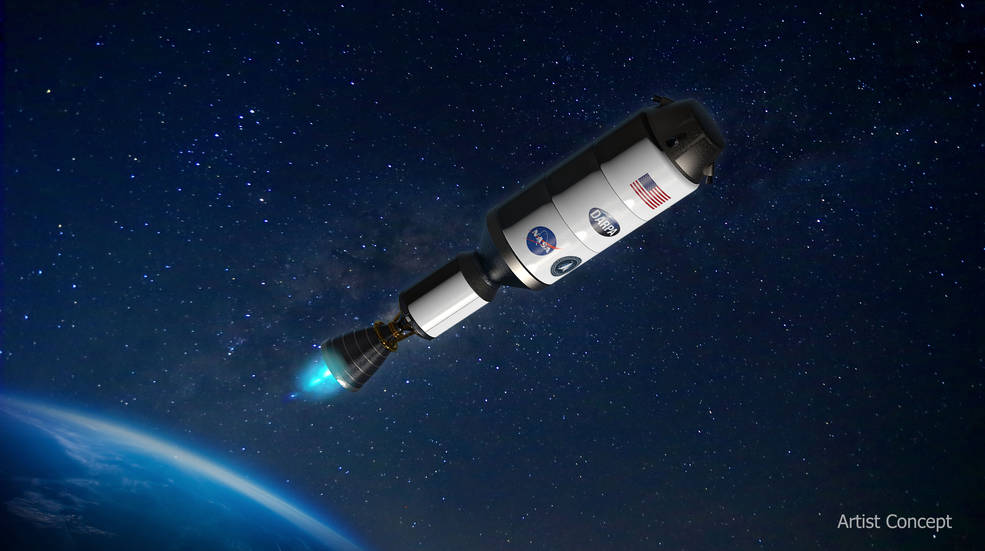With the advancements in the medical field, brain disorders such as epilepsy and Parkinson’s disease can be treated using neural implants.
Scientists at the University of Toronto are working with microelectronics and artificial intelligence to make this innovative technology safe and effective.
Following a similar procedure that is done to manufacture chips used in computers and smartphones, researchers want to integrate neural implants into miniature silicon chips. This technology is known as a complementary metal-oxide semiconductor (CMOS). It helps in reducing the device’s power requirement as well as the physical dimensions. As a result, it will help in reducing the risks related to the implant’s initial surgical procedure and long-term use.
“Neurons talk to each other in part via electrical signals, and a therapeutic neural implant produces electrical stimulation – like a pacemaker for the brain,” said Xilin Liu, lead researcher and assistant professor in the Faculty of Applied Science and Engineering at the University of Toronto. “In cases of tremors or seizures, the stimulation attempts to restore the neurons to a normal condition,”
He added, “It’s as if the stimulus turns the neural networks off and on – almost like restarting a computer, though it’s definitely not that simple. Scientists don’t fully understand how it works yet.”
Liu explained that neural implants would turn the neural networks on and off just like a switch, or similar to restarting a computer. However, he added that the project is very complex and they are working to comprehend the complexity of the project.

